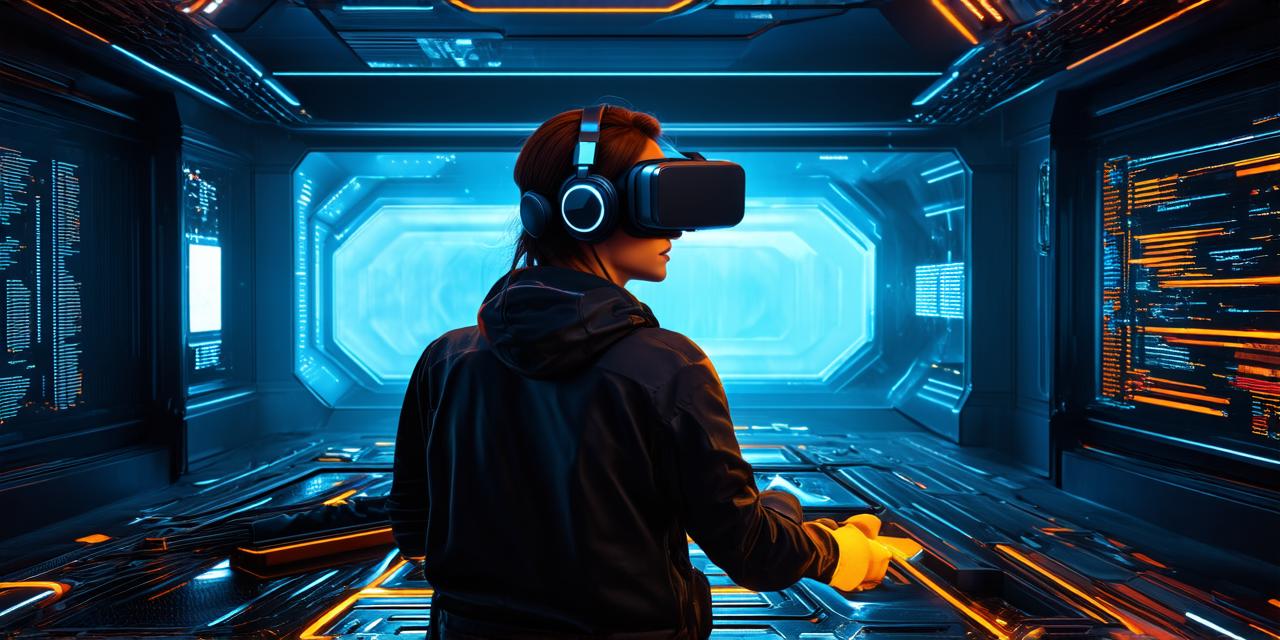Design of VR Devices
Virtual reality devices typically consist of a headset, sensors, and controllers. The headset is worn on the user’s head and contains displays that create an immersive environment. Sensors track the user’s movements, allowing them to interact with the virtual world in real-time. Controllers provide feedback to the user, allowing them to perform actions such as pointing, grabbing, and shooting.
The design of VR devices has come a long way since their early days. The first VR headsets were bulky and uncomfortable, but modern designs are much more lightweight and comfortable to wear for extended periods of time. Many VR devices also feature adjustable settings, allowing users to customize their experience based on their preferences.
Capabilities of VR Technology
Virtual reality technology has a wide range of capabilities that allow it to create highly immersive experiences. For example, VR can simulate environments such as outdoor landscapes, urban cityscapes, and even fantastical worlds that are not possible in the real world. VR can also track the user’s movements with high precision, allowing them to interact with the virtual environment in a natural way.
One of the most impressive capabilities of VR technology is its ability to create highly realistic sensory experiences. For example, VR devices can track the user’s head movements and adjust the display accordingly, providing a more immersive experience. Additionally, some VR devices feature haptic feedback, allowing users to feel sensations such as vibration and pressure in their hands and feet.
Limitations of VR Technology
Despite its many capabilities, virtual reality technology is not without its limitations. One major limitation is the cost of VR devices, which can be quite expensive for consumers. Additionally, VR technology requires a powerful computer or gaming console to run, which may not be available to all users.
Another limitation of VR technology is its limited social interaction capabilities. While VR devices can create highly immersive experiences, they are still isolated environments that do not allow for real-time interaction with other people. This can make it difficult for users to collaborate or communicate with others in a virtual world.

Conclusion
In conclusion, virtual reality technology has come a long way since its inception and continues to evolve at an impressive pace. VR devices consist of a headset, sensors, and controllers, and are designed to provide highly immersive experiences that track the user’s movements with high precision. While VR technology has many capabilities, it is not without its limitations, including cost, limited social interaction, and isolation from the real world. Despite these limitations, virtual reality technology continues to be a fascinating and innovative field that offers exciting possibilities for the future.


